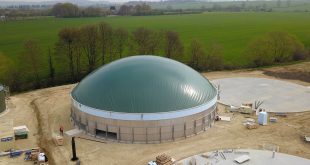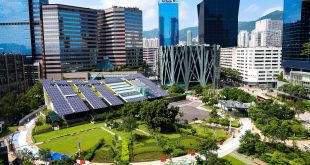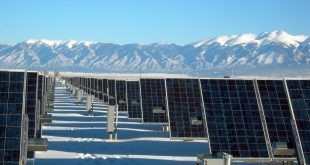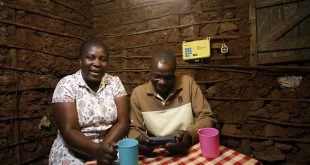Perhaps to most Filipinos, geothermal is “alien”, unheard of or maybe just “a not too exciting topic” to delve on. But what if the regular Filipino would know that geothermal is a cheaper form of generating energy in a sense that it does not require the purchase and use of fuel? And that his country is the second biggest producer in the world next only to United States of America? Will it interest him?
Geothermal comes from Greek words geo, meaning earth, and therme, meaning heat. Simply put, “Geothermal” can generally refer to any heat contained in the ground. It is an energy generated by heat stored in the earth, or the collection of absorbed heat derived from underground, in the atmosphere and oceans.
Prince Piero Ginori Conti tested the first geothermal generator on 4 July 1904, at the Larderello dry steam field in Italy.
The Geothermal Education Office and a 1980 article entitled “The Philippines geothermal success story” by Rudolph J. Birsic published in the journal Geothermal Energy (vol. 8, Aug.-Sept. 1980, p. 35-44) note the remarkable geothermal resources of the Philippines. During the World Geothermal Congress 2000 held in Beppu, Lita Prefecture of Japan (May-June 2000), it was reported that the Philippines is the largest consumer of electricity from geothermal sources and highlighted the potential role of geothermal energy in providing energy needs for developing countries.
From an economic viewpoint, geothermal energy is extremely price competitive in some areas and reduces reliance on fossil fuels and their inherent price unpredictability. It is no secret that fuel price is one of the most volatile of all commodities. It also offers a degree of scalability: a large geothermal plant can power entire cities while smaller power plants can supply more remote sites such as rural villages. This is highly advantageous to Philippines as there are a lot of remote areas especially in provinces.
Continuous research and development would lead to improved plants and geothermal operations. As of 2008, geothermal power supplies only less than 1% of the world’s energy. Still very far compared to power generated by plants using natural gas and coal. In the Philippines however, geothermal energy already provides 27% of the country’s total electricity production generated in power plants. Geothermal power plants are on the islands Luzon, Valencia, Negros Oriental, Mindanao and Tongonan, Leyte.
Leyte is one of the islands in the Philippines where the geothermic power plants were developed. Developments here started in 1977 by the company PNOC.
Many of the geothermic natural resources are still waiting to ‘ be harnessed for steam’.
If Philippines can continue to nurture the potential of the country’s geothermal power, it could drastically lower its dependency to fuel. This would mean more savings from fuel expenses that are basically growing at an insanely fast pace. These cutbacks from the nation’s annual budget could perhaps be used to some other noteworthy projects that would help propel Philippines to greater heights.
For us laymen, “geothermal” may sound foreign or strange. But the next time we hear about “Philippine geothermal”, let us be thankful to God. Let us thank Him for providing us a country very rich in natural resources. Let us further pray though that our leaders would be proactive in properly utilizing these inherent supplies and be selfless in honestly serving the Filipino.
 Alternative Energy HQ solar power for homes, wind energy, and bio fuel issues
Alternative Energy HQ solar power for homes, wind energy, and bio fuel issues








